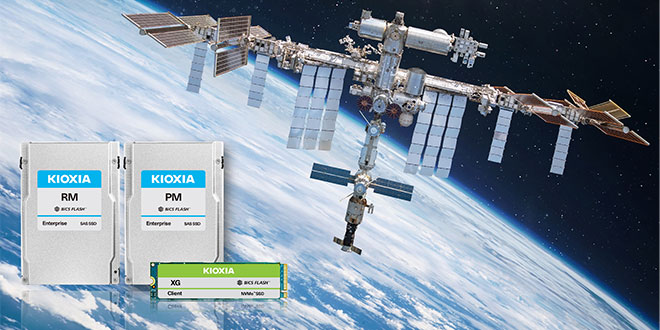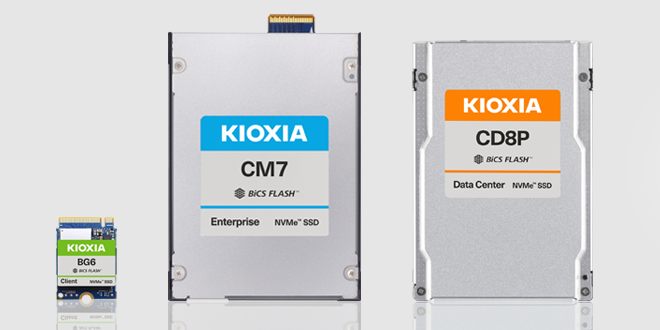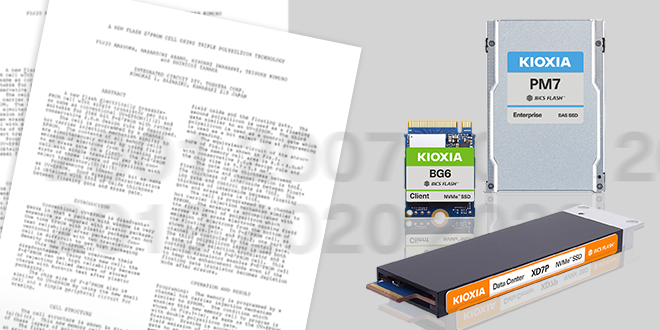Please select your location and preferred language where available.
Essential Technologies Support Space Development and Data Utilization - Zeroing in on the Source of Innovation
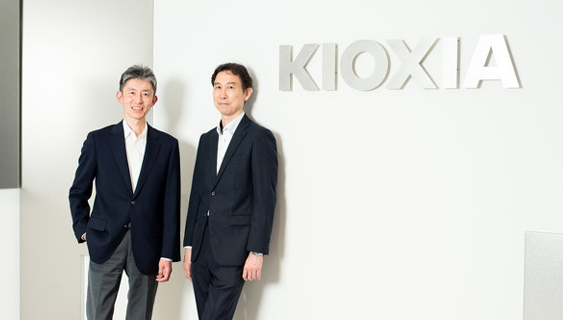
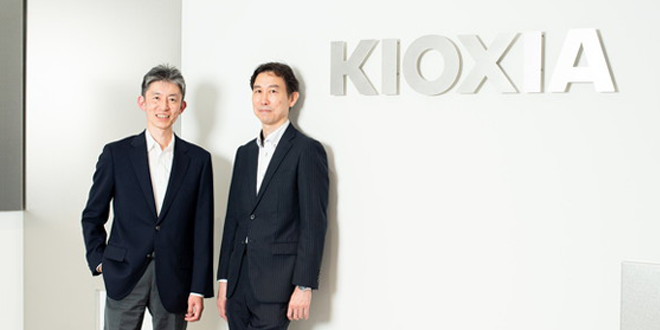
In today's information society, it has become impossible to discuss our daily lives and business growth without considering technology. How will KIOXIA flash memory and SSD products, which helps manage data that is essential for the evolution of society and problem-solving, enable us going forward? In this article, we refer to such technologies as “essential technologies” and explore their potential.
Humanity has gone from roaming the wilderness roughly two million years ago to now venturing out into space. We have gazed upon our blue planet from outer space, left footprints on the surface of the moon, and built the International Space Station to enable people to stay in space for long periods of time. Technology has supported such remarkable progress while the challenges of space exploration have spurred new forms of innovation.
Space technology has brought many benefits to people's lives and society. Rocket materials are being used for heat insulation in construction, and “Diamond-Cut” aluminum processing technology, developed through the process of aerospace research, has been adopted for use in canned cocktail beverages. The ultra-compact camera technology equipped on the “Kibo” Japanese Experiment Module onboard the ISS has been leveraged in capsule endoscopes used in the medical field.
The role of pioneering frontiers with vast potential has shifted to private sector companies. How will data obtained from space change business? How will it help solve social problems?
To answer these questions, we spoke with representatives from Kioxia Corporation (Kioxia), which provided its advanced SSD memory devices for use in high-performance ISS servers, and NTT Communications Corporation (NTT Com), which is working to utilize the sensing data collected by unmanned aircraft flying in the stratosphere.
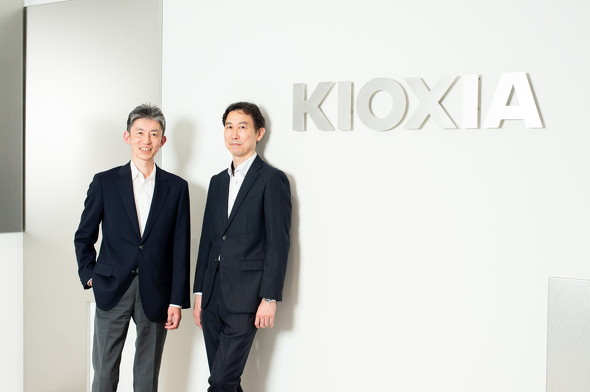
Technology has changed the world
Kioxia is a semiconductor manufacturer that produces flash memory and SSD products. Invented by Kioxia in 1987, NAND flash memory has been adopted for use in many electronic devices due to its high data capacity, high-speed writing, power-saving performance, and other features.
NAND flash memory has revolutionized the world. It has driven the proliferation of digital cameras and helped make portable music players lighter and capable of storing more songs. NAND flash memory has become a core product that is essential to smartphones, laptops, game consoles, and data centers. With the use of generative AI rapidly expanding, Kioxia is developing SSD technology to support its development.
“Data storage is an area that people typically do not think about, but it is used in every type of device, including smartphones. Kioxia's technology is like an unsung hero that has become an essential foundation for solving social problems and moving society forward.” According to Kioxia's Koichi Fukuda (Technology Executive of Applied SSD Technology), “NAND flash memory is an essential technology, so to speak.”

If Kioxia consists of “data storage specialists,” the employees of NTT Com are “data communication professionals.” NTT Com offers support for 5G, satellite communication, and other methods of sending and receiving data. NTT Com is also working on the business use cases for IOWN, the next-generation communications technology that the NTT Group is developing into a global standard.
Taking a deeper look at the space-based initiatives of Kioxia and NTT Com while keeping the keyword “data” in mind reveals the potential for these technologies.
KIOXIA SSDs play an active role in reducing the time it takes for data transmissions from the ISS to reach the ground from 12 hours to two seconds
In January 2024, the NG-20 mission spacecraft delivered the HPE Spaceborne Computer-2 system (“SBC-2 system”) featuring Hewlett Packard Enterprise edge computers and AI-enabled systems to the ISS. Cutting-edge SSDs from Kioxia were selected as the storage technology for that system. The total storage capacity of the system exceeds 130TB.
Fukuda comments, “It is profoundly moving that Kioxia's SSDs have reached space, a place that humanity has longed to go. We are proud that our products are contributing meaningfully in such a critical environment as edge computing, and providing encouragement to those of us engaged in research and development.”
The SBC-2 system is being used for running simulations, real-time image processing, AI, etc. Previously, it was not possible to analyze data obtained through scientific experiments and observations, as this would require advanced computation and processing on board the ISS. Therefore, large volumes of data were sent to the ground for analysis, which required roughly 12 hours to transmit. Since data computation can now be done on board the ISS with the SBC-2 system, the transmission time has been shortened to about two seconds. It has also become possible to run AI and other forms of advanced processing in an edge environment.
Surprisingly, the SSDs equipped in the SBC-2 system are not custom drives, but commercially available models. In addition to being high-speed, low-power, and shock-resistant like typical SSDs, it is clear that Kioxia's SSDs provide a level of reliability and manageability that are high enough to be sent into space. Fukuda proudly explains, “The ISS is still a place that only a few people are allowed to go. So, the valuable data that is collected there must be securely stored.”
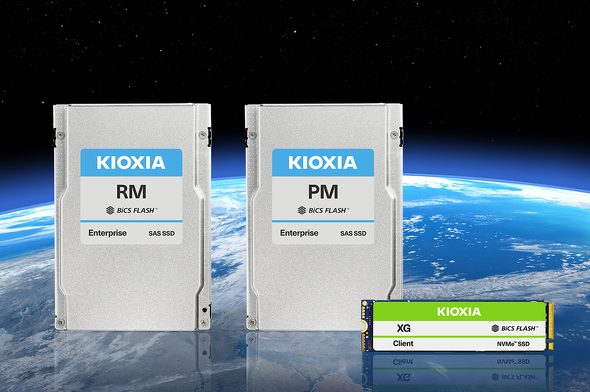
Capabilities of the HAPS unmanned aircraft that flies in the stratosphere for several months
NTT Group companies launched the “NTT C89” space business brand in June 2024 to maximize the potential of space business and industry, seeking to create new businesses and solve global scale issues such as climate change*1. As a member of the Group, NTT Com is focusing on space as a place for conducting business.
NTT Com understands the macro level through wide-area ground observation data obtained via satellites and the HAPS (High Altitude Platform Station) unmanned aircraft as well as the micro level through terrestrial drones, surveillance cameras, and IoT, etc. It uses networks to transmit the macro and micro data for analysis and utilization. In the future, the company aims to achieve further real-time data utilization by performing data analysis on the edge with satellites and HAPS edge computing. Takayuki Sakamoto of NTT Com (Innovation Center Business Produce Division Senior Manager) explains, “Our projects aim to utilize such sensing data in real time.”
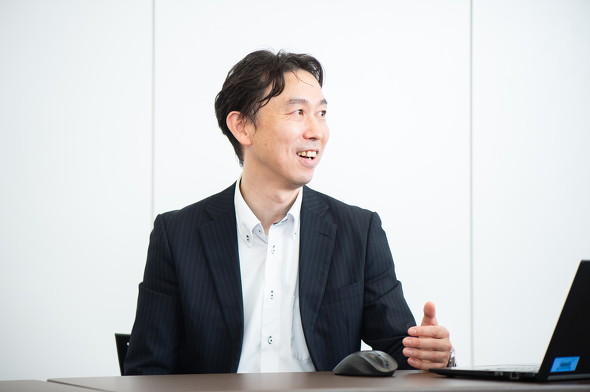
There is also the Space Integrated Computing Network concept*2. In addition, the HAPS unmanned aircraft, which flies in the stratosphere for several months at an altitude of approximately 20 km, will be used. The company is considering a Direct to Device (D2D) service that would equip the HAPS with communication functions to turn it into a flying base station that connects directly to smartphones. Because HAPS is equipped with high-definition cameras and radar to capture and sense conditions on the ground, the company also plans to utilize HAPS sensing data in the future.
Observation satellites scan while orbiting the earth, which prevents them from continuously observing a particular area. However, HAPS is capable of collecting data through fixed point observation. Sakamoto explains that when a disaster occurs, HAPS can be launched over the disaster area to provide a communications environment, capture the disaster conditions, and transfer the data in real time. It is anticipated that remote sensing of wide areas on the ground with satellites and HAPS will also be used in environmental monitoring, agriculture, urban planning, and mineral resource exploration, etc.
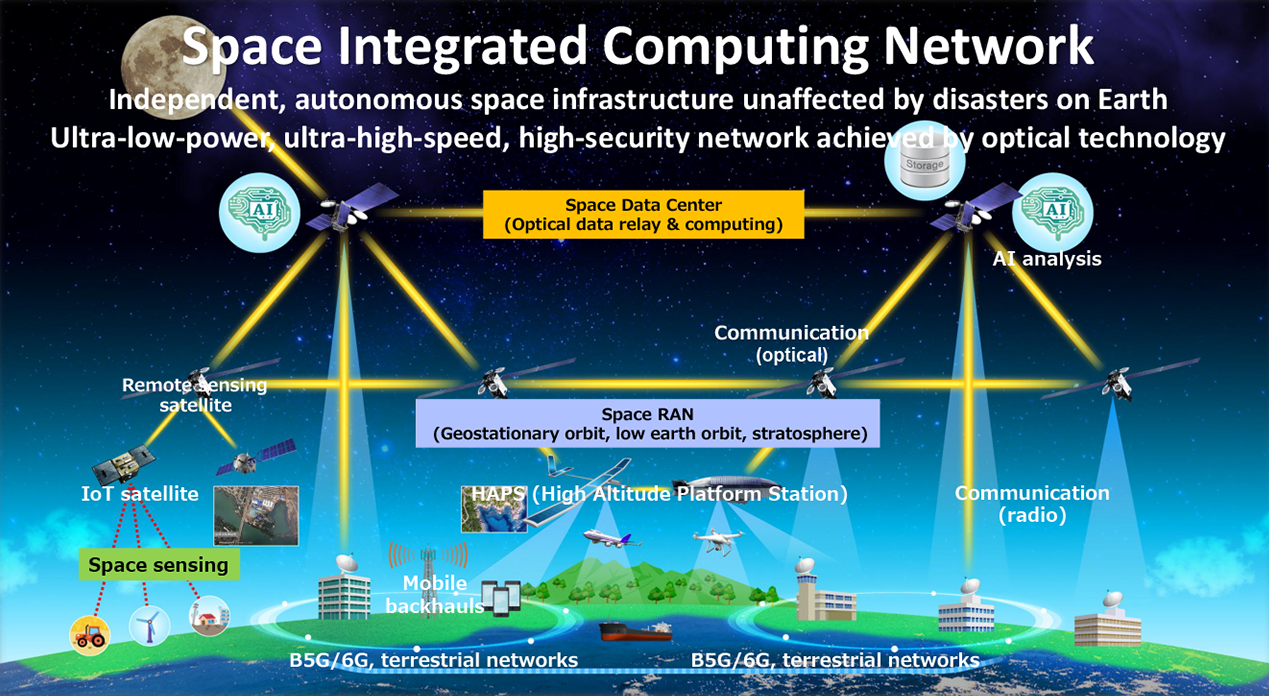
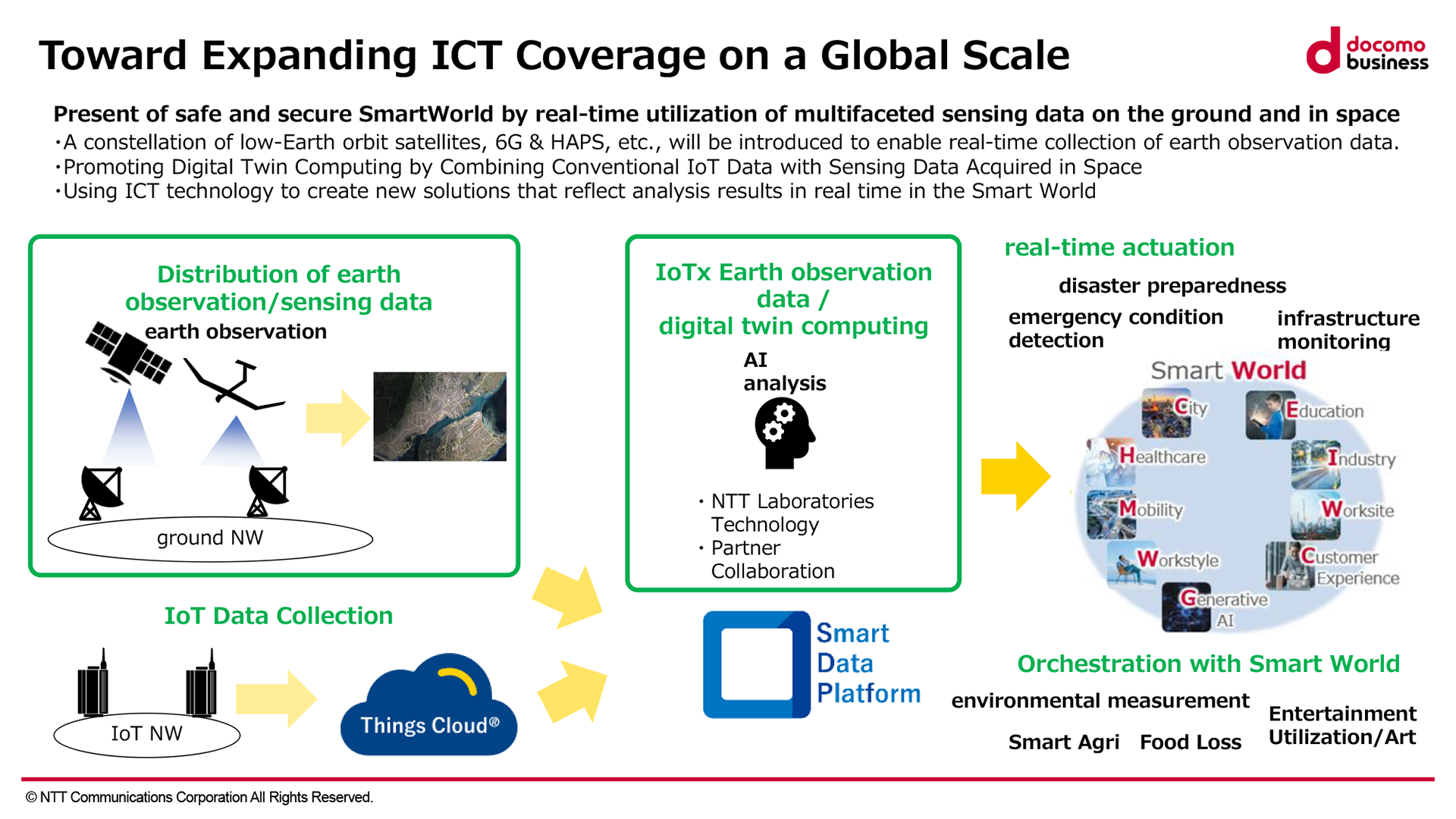
Processing acquired data in the air: Data utilization methods in the space age
Storage and communications are industries with different directions, but we can catch a glimpse of innovation by looking at them through the lens of data.
To acquire detailed data, the performance of cameras and observation equipment, which are used in the aerial remote sensing that NTT Com aims to achieve, continues to improve. One good example is the increasingly high definition of camera resolutions from 4K to 8K to 16K. This results in the generation of an enormous amount of data. However, even if a high-capacity network is prepared, it is inefficient to send all of the acquired data to the ground.
Equipping computers on artificial satellites and HAPS will make it possible to process data on the edge. If data can be acquired in the air and processed on-board with AI, we will be able to learn more from the data in real time. Data that is a matter of urgency or requires an immediate response, such as confirming the conditions of a disaster site in real time or reporting which lanes of traffic are congested, can be extracted in isolation, and sent to the ground.
Sakamoto explains, “In order to run data processing and AI inference on artificial satellites and HAPS, the observational data must be stored. Due to limitations on installation space and the amount of power that can be supplied, compact, high-capacity, and power-saving SSDs are well-suited as recording media.”
Fukuda adds, “In the past, data could not be sufficiently utilized, because the volume of data was a bottleneck. Even if the camera performance improved, you could not transmit the data, which basically made it meaningless. To leverage the acquired data, Kioxia and NTT Com both need to hone their technical skills.”
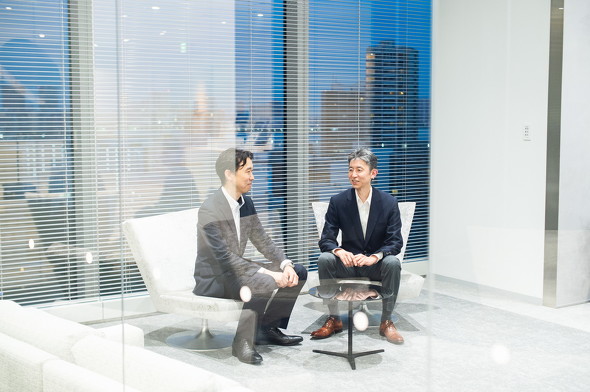
Space is a harsh environment for electronic devices that produces innovation
Storing data in the atmosphere is no easy task. The stratosphere and space are harsh environments for electronic devices. Exposing servers, flash memory, and other devices to cosmic radiation moving through outer space can cause malfunctions and data errors to occur. Negative effects of solar flares on electronic devices are reported even on the ground, so their impact is likely to be more significant in outer space.
KIOXIA SSDs are equipped with self-monitoring features. According to Fukuda, analyzing the drive’s logs will elucidate what is happening in an environment with a large amount of cosmic radiation, which will lead to new forms of innovation that prove useful when equipped on future artificial satellites, etc.
“Kioxia is a company that continues to innovate. Before we developed flash memory, it was an unwritten law that ‘not even a single bit of data should be missing.’ The innovation of flash memory was born from a paradigm shift based on the realization that even if data was missing, it was not a problem if it could be corrected, which led to the realization of high-capacity flash memory.”
For both generative AI and decarbonization, “We want to develop technologies that support society”
Both Fukuda and Sakamoto agree that refined technological capabilities that are established in space demonstrate their value on the ground as well. They further described how such capabilities return the benefits produced by technology to society and their customers.
According to Sakamoto, “In space, power can only be obtained from sunlight, so the power consumption of devices equipped on satellites and HAPS must be reduced. Power-saving SSDs are useful for reducing power consumption, and IOWN can send communications as optical signals without conversion to electrical signals, which reduces the power required for communications. This will definitely be key for achieving a decarbonized society.”
Fukuda explains, “We did not develop technology for use in space but rather developed something to meet a business need, which was then recognized and made its way into space.” He further identified generative AI as a current business need.
“When training generative AI, large amounts of data are fed into the model - like adding firewood to a fire - so it is a scenario where low-latency SSDs can play an active role. During generative AI inference, the model refers to data that was not used during training to increase the accuracy of the response, so we are developing SSDs that can support high-speed search. AI will likely evolve further over the next few years and change the world. SSDs must evolve as well.”
Fukuda concluded by stating, “We want to develop technologies that support society and the world, because unimaginable changes are always based on technology.” It will be fascinating to see how Kioxia's memory products change the world as an essential technology.
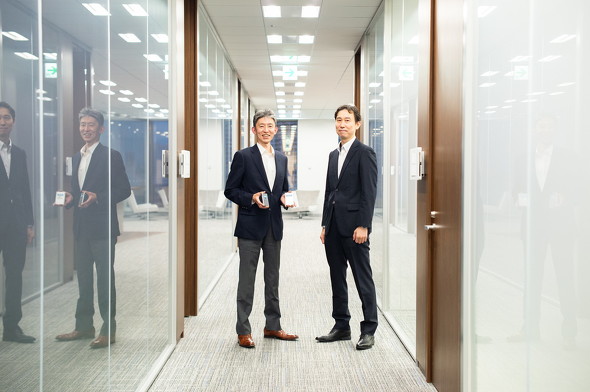
- : Space business brand of the NTT Group: “NTT C89
.” NTT C89 is a pending trademark application of Nippon Telegraph and Telephone Corporation.
- : The Space Integrated Computing Network is a concept being commercialized by Space Compass
, a joint venture established in 2022 with investment from NTT and SKY Perfect JSAT Corporation.
Share
Reprinted from: ITmedia NEWS
Reprinted from the July 9, 2024 edition of ITmedia NEWS
This article was reprinted with permission from ITmedia NEWS.
